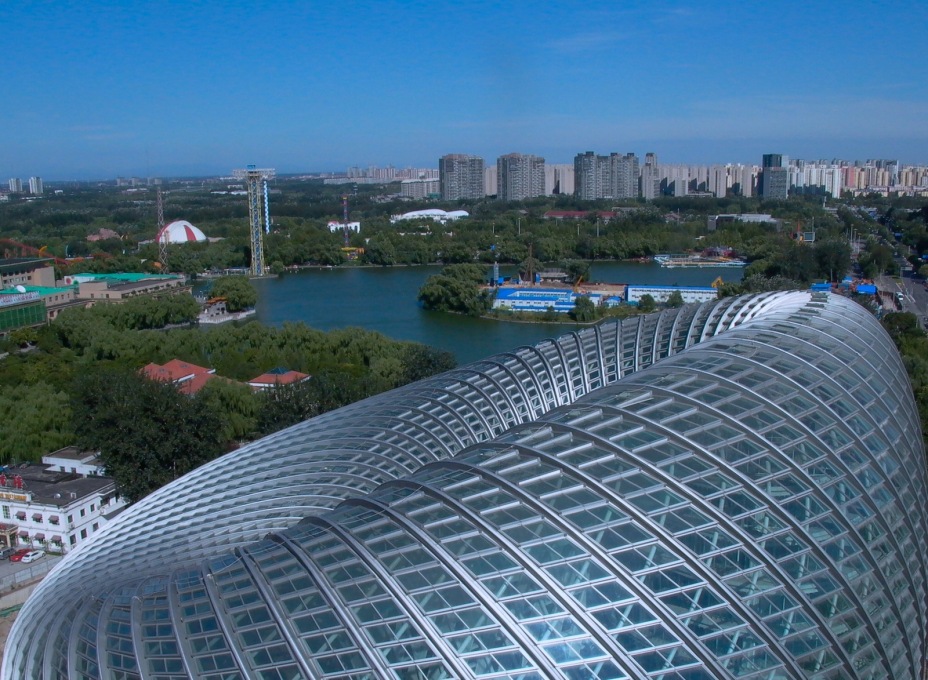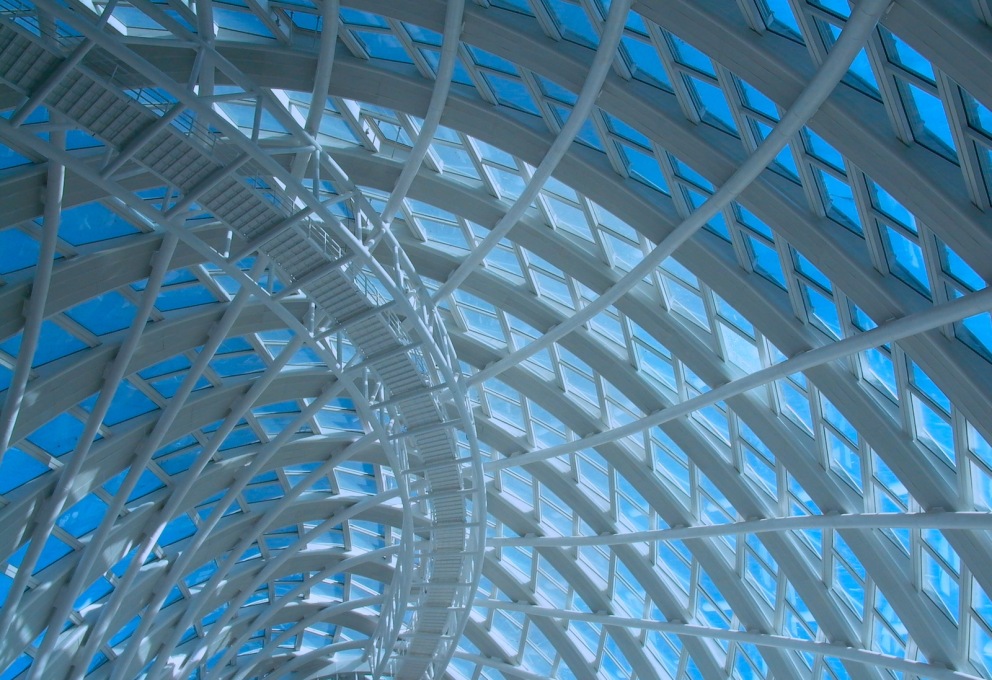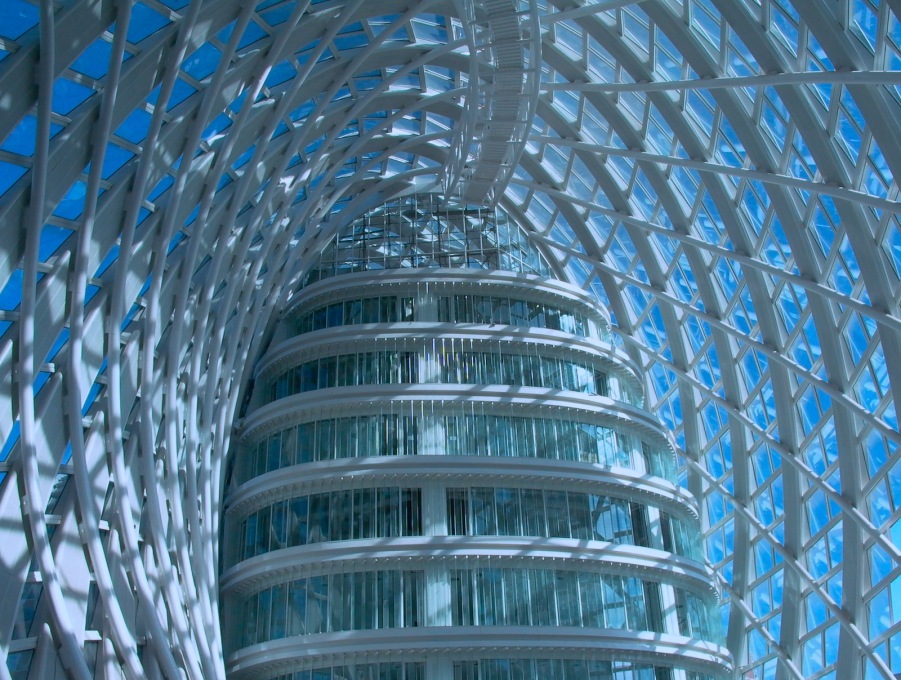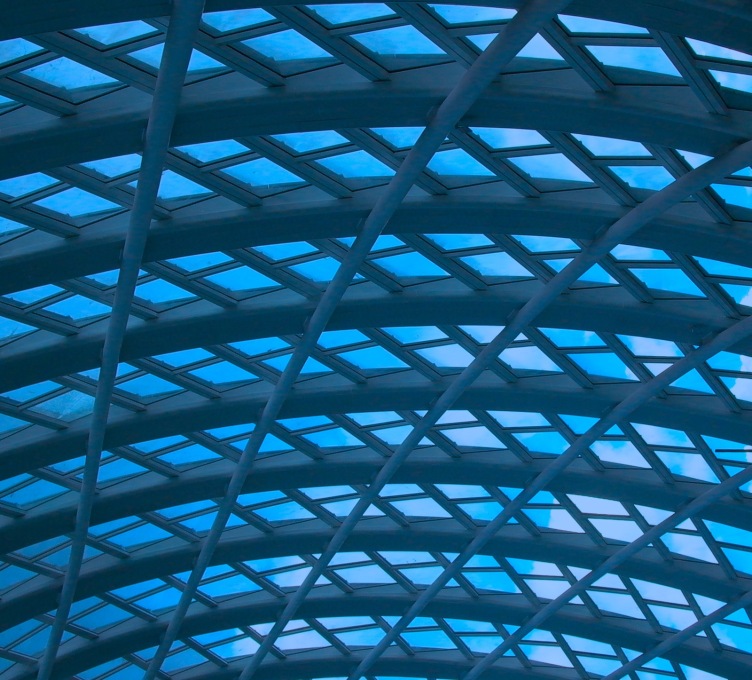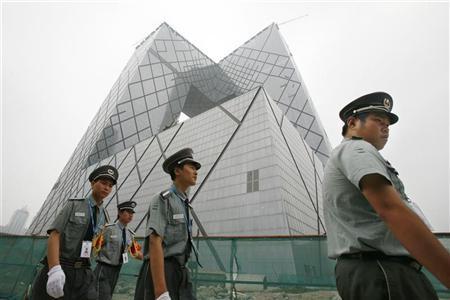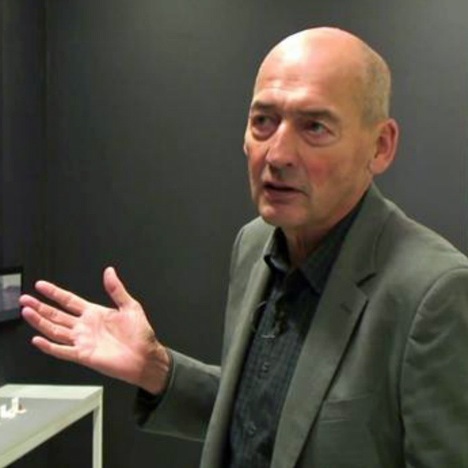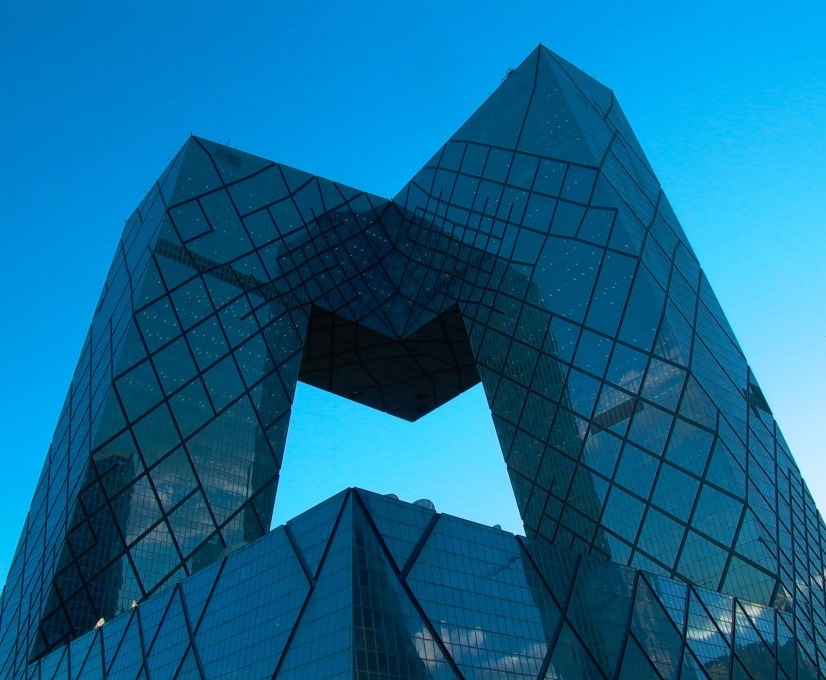In a country where censorship reigns, the architecture of a media broadcasting center is inherently charged with political symbolism. With his Möbius-strip-like design for Beijing’s new Phoenix International Media Center, Chinese architect Shao Weiping intends to create a building with not only an inviting shape but a truly inclusive function. Yet, as Kevin Holden Platt reports, this decision might not be up to the architect at all.
Over the past decade, a vanguard of elite experimental architects – all European Pritzker Prize winners – have dominated the design of new cultural landmarks in the Chinese capital. But now, Beijing-based architect Shao Weiping says he wants to be the first Chinese designer to break this pattern by creating an indigenous icon of engineering and artistic beauty with his design for the Phoenix International Media Center.
By the end of 2013, Shao says he will unveil a work of avant-garde architecture that glows with a creative intensity rivaling that of Beijing’s other mega-buildings like the China Central Television (CCTV) tower by OMA′s Rem Koolhaas and Ole Scheeren, or the Olympic Stadium by Herzog and de Meuron. “The Phoenix Center marks a new stage of cool parametric design by experimental Chinese architects, which is helping position them to compete with the globe’s most innovative designers,” says Daisy Guo, project manager for the China Pavilion at the 2012 Architecture Biennale in Venice. The Phoenix – a Möbius strip-shaped cylinder wrapped in a diagrid of steel – was exhibited in that year’s biennale.
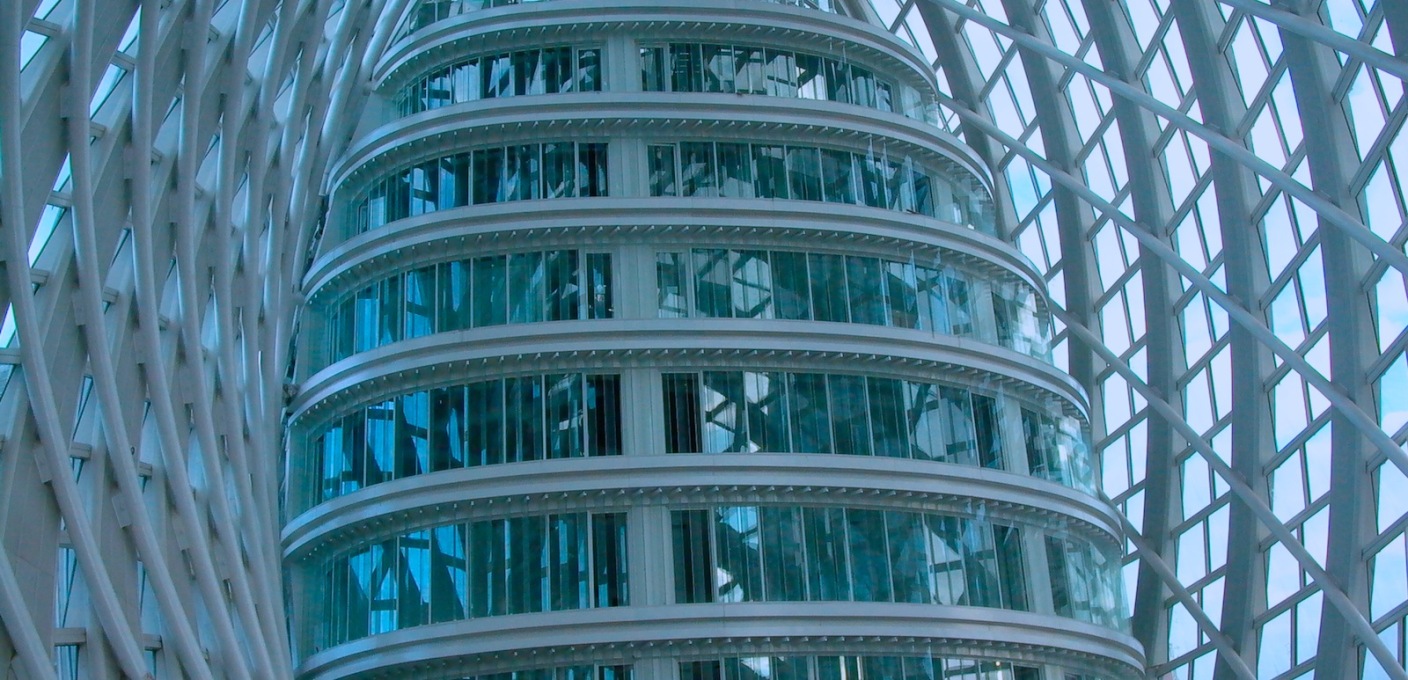
The Phoenix Center, Shao says, will be the first television complex in Beijing ever to open its doors to the general public. A central element of the design, he explains, is a public trajectory that will allow citizens and tourists to view television studios, interact with reporters, and take part in cultural gatherings.
Sound familiar? Well, it is: this open accessibility was also a central idea in the design of the CCTV complex by OMA. But at CCTV, this accessibility has remained an architect’s dream, as the building is currently surrounded by spear-tipped security fences and a web of surveillance cameras, and guarded around the clock by special contingents of People’s Armed Police – the same forces that stand sentinel over the Communist Party’s headquarters and over Tiananmen Square. Access to this government-run broadcast monolith by ordinary citizens is strictly forbidden. Ironically, when Koolhaas and Scheeren unveiled their design for the CCTV project, they stressed their intention for a constant stream of citizens to be integrated into the complex via an ultra-egalitarian “visitor’s loop.”
Scheeren, who now heads his own studio, wrote in an essay posted on the studio website that the co-designers of the CCTV complex aimed to create some kind of new utopia: “The many publicly accessible functions of the new building program,” he mused in anticipation of CCTV’s 2012 opening, “point towards a possible democratization of the institution.” But by now it seems rather unlikely that the party-appointed officials who head CCTV will ever open the complex to the masses. Some young Chinese reporters say that prying open the gates of CCTV would depend on the democratization of the entire country.
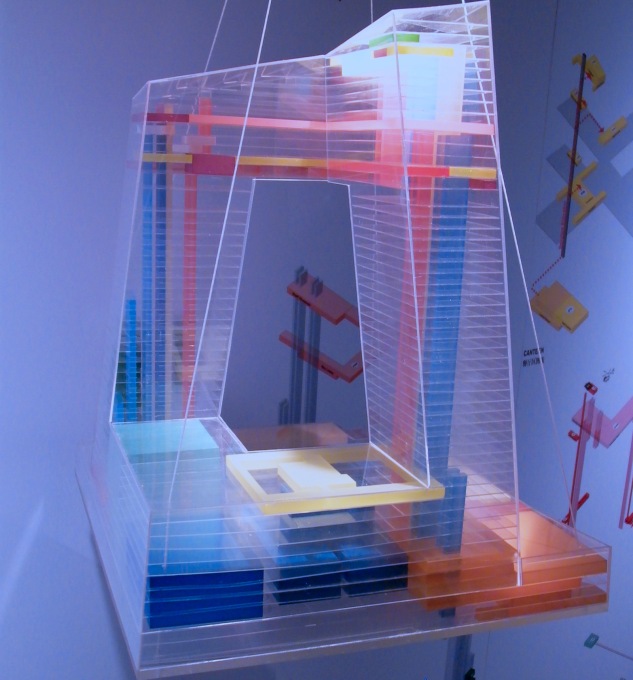
The architect of the Phoenix Center says the openness and transparency of his design, as well as the enforced isolation of the CCTV complex, reflect the different nature of each site’s client. Phoenix Satellite Television is based in the former British enclave of Hong Kong, which still enjoys a high level of freedom of speech despite its return to Chinese sovereignty. Phoenix is a Hong Kong-listed media outfit that derives its profits from individual consumers, and will naturally welcome past and potential viewers to survey its new headquarters in Beijing.
Although CCTV has taken slight steps toward becoming interactive via its website, would-be critics know that negative feedback generated by malcontents about the government can end in imprisonment. With a ban in place on access to satellite broadcasts by CNN, Deutsche Welle and the BBC, the government channel is ensured a captive audience of 1.3 billion citizens.
Phoenix TV, one of the only satellite stations to secure Beijing’s permission to broadcast inside the Chinese mainland, “will never ever close off access to the visitor’s pathway,” Shao pledges. Intending to reflect its openness to world culture, the design of Phoenix complex will also accommodate speaces for a new media gallery, art exhibitions, fashion shows, record releases, and press conferences.
Meanwhile, “Rem Koolhaas has generated so much controversy [inside China] with his comments on CCTV that he is unlikely to win a competition staged by the government for a landmark building in Beijing ever again,” says Tang Keyang, an architect and advisor to the National Art Museum of China in its contest for the design of a new museum.
Yet Koolhaas continues to march through the political minefields that have been created around CCTV while steadily beating the drums of publicity about his utopian ideals on egalitarian entry into the new broadcasting center. In interviews, articles, his own website, and lectures across Chinese architecture schools and global forums, Koolhaas has always underlined the goal of making CCTV a work of architecture for the people, and continues to do so.
In his contest with the leaders of CCTV over the future of the complex, Koolhaas has essentially become a broadcaster; in terms of triggering a debate over democratic access to the CCTV center, Koolhaas might already have achieved one of his primary goals.
Kevin Holden Platt writes about architecture and art for the Paris-headquartered International Herald Tribune and for the Berlin-based magazine Spiegel Online International.




